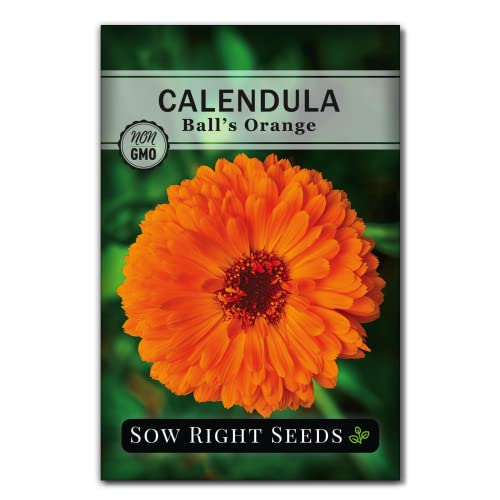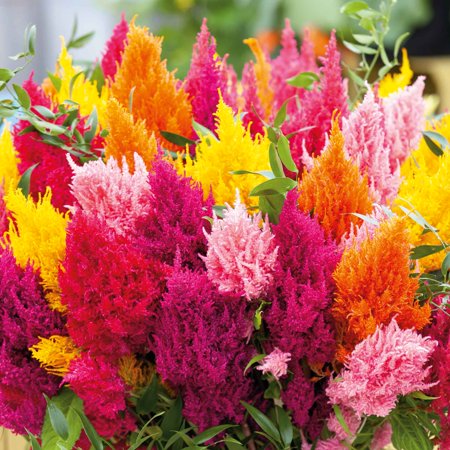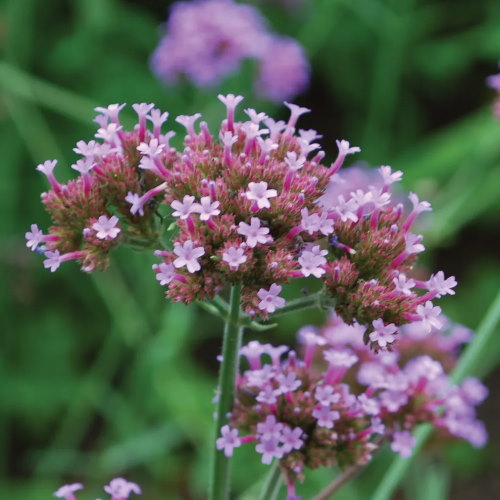I grew flowers for dazzling displays and cutting in historic gardens – here are my 7 essential picks of the best flowers to sow in March
This range of flowers to sow in March will bring color and texture to beds, as well as attract butterflies, bees, and other pollinators

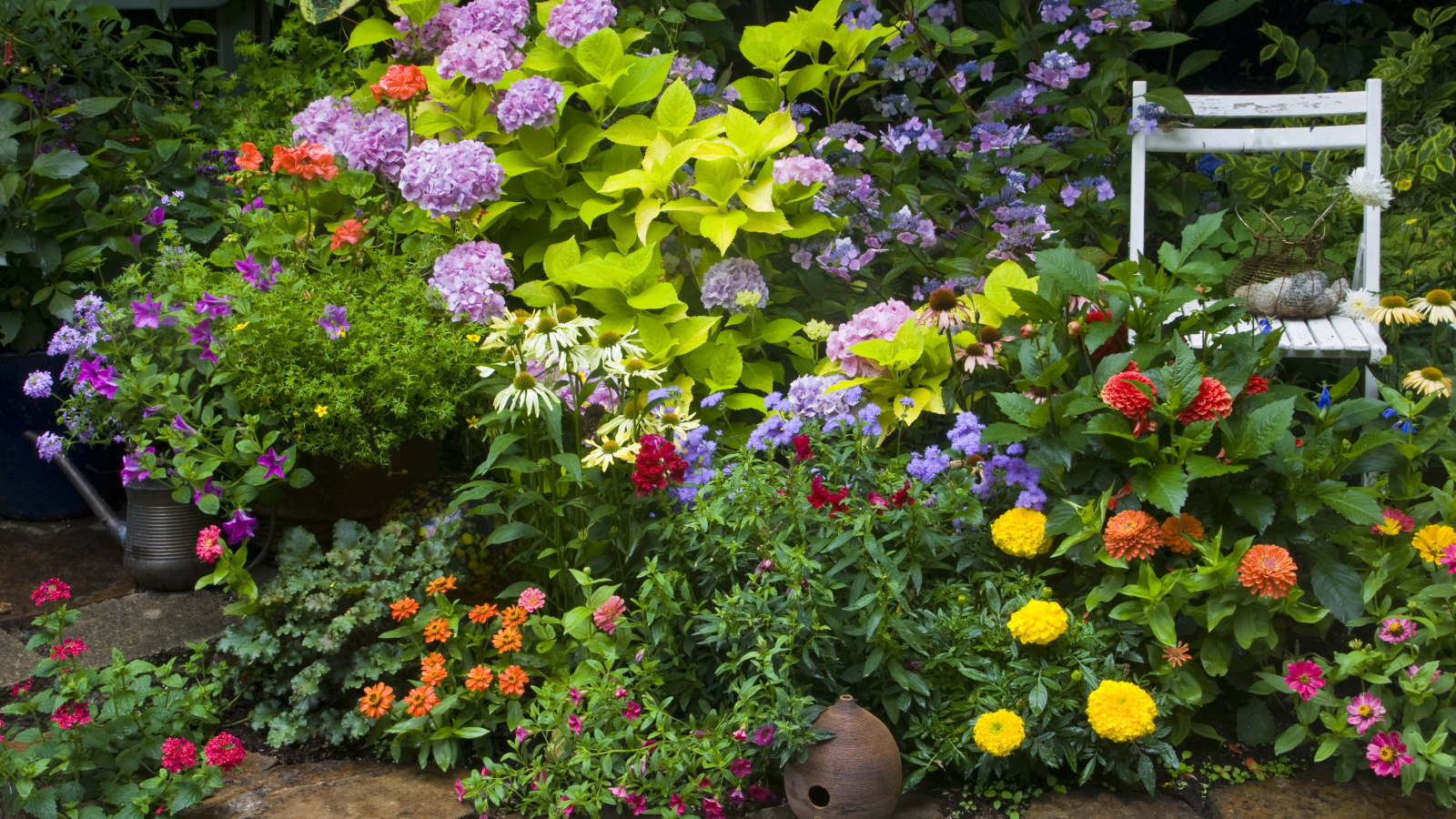
There is a fantastic variety of flowers to sow in March. Lots of annuals and perennials can all be started from seed this month to fill your garden with glorious color in the warmer months ahead.
Many popular flowers can be started indoors this month to have healthy plants ready to go outside into flower borders or pots when the risk of frosts has passed. Some flower seeds can also be sown directly into the ground, provided the soil has warmed enough.
I grew many different flowers from seed every year in gardens I worked in, including for glorious displays in beds and borders, to cut for vases and bouquets, or grown for edible flowers. To help you choose what to plant in March, I have identified seven flowers to sow this month and included some tips I discovered over my years as a professional gardener.
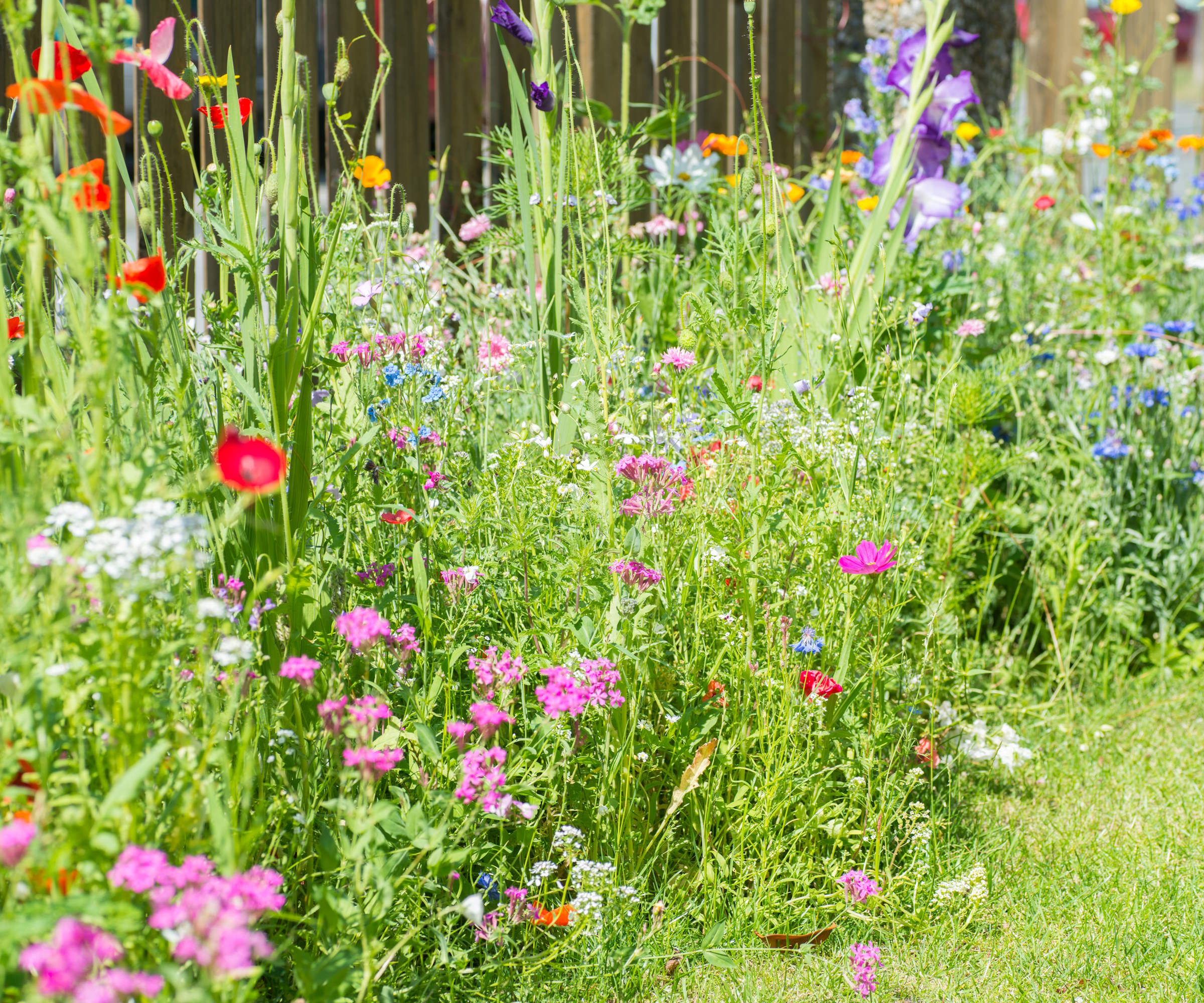
A pick of the best flowers to plant in March
This selection of glorious flowers to sow in March can be started from seed this month to provide color, texture, and drama to any backyard in late spring, summer, and into fall.
1. Calendula
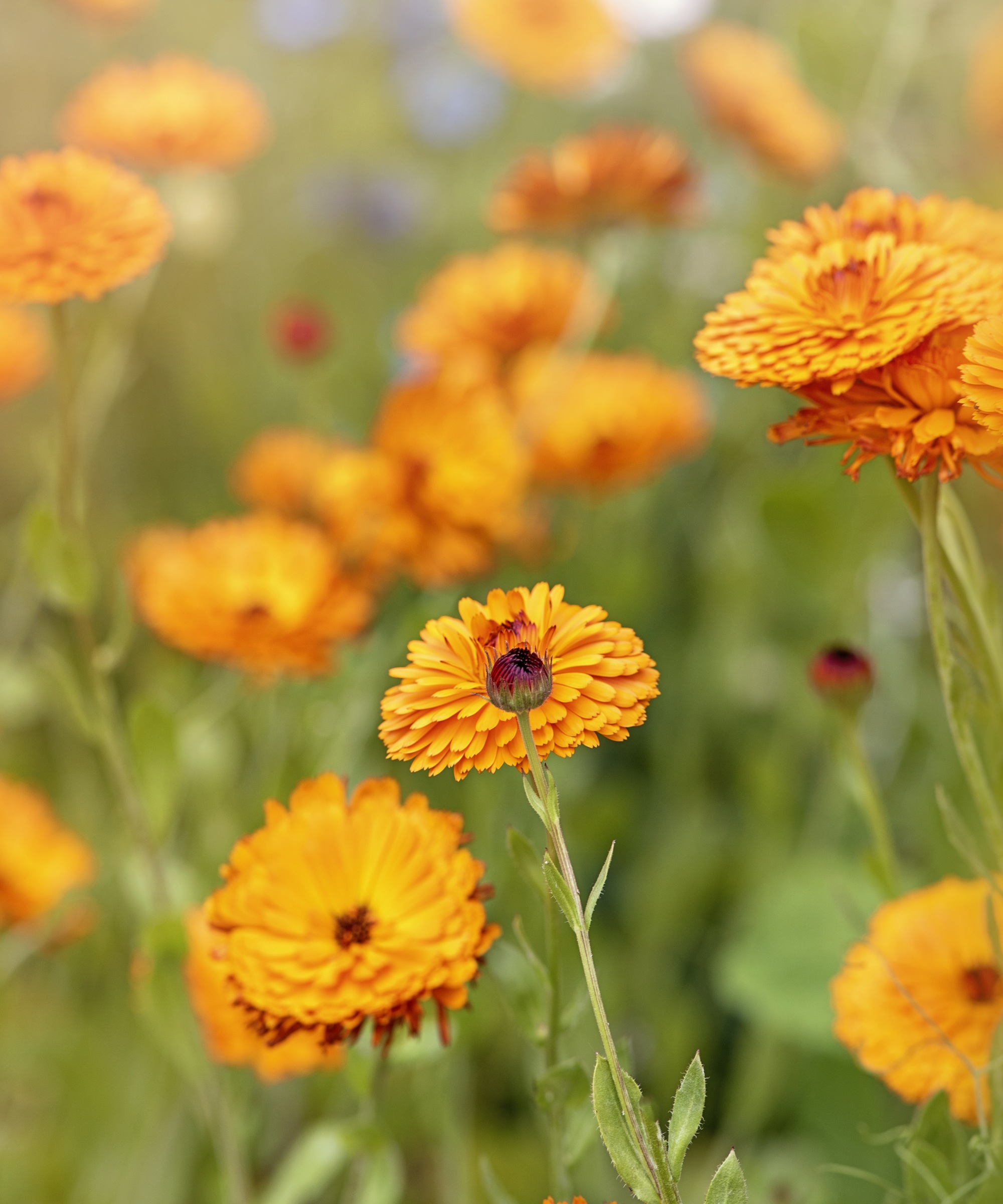
Calendulas are also known as pot marigolds. They look similar to marigolds but, as well as belonging to a different genus, there are differences, such as calendulas having daisy-like flowers with central discs and sticky leaves. Known as classic cottage garden plants, calendulas are also fantastic plants for pollinators, make great cutting garden flowers, and the flowers are edible.
Calendulas are one of the easiest annuals to grow in spring and can be sown directly into the garden from March onwards, after the last frosts. Thinly scatter seeds where they are to grow and cover with a thin layer of soil. They are fast-growing flowering annuals so expect the first blooms in late spring from a March sowing.
There is the option to sow seeds indoors around three weeks before the last frost in colder climates. Sow seeds in pots filled with seed-starting compost and germinate somewhere bright and warm.
Design expertise in your inbox – from inspiring decorating ideas and beautiful celebrity homes to practical gardening advice and shopping round-ups.
2. Celosia

If you want to add dazzling color to your flower beds or containers this summer, you cannot go wrong by starting to grow celosia from seed this month. These vivid annual flowers produce flamboyant blooms in bright shades of red, orange, yellow, and pink.
Start sowing celosia seeds 4-6 weeks before your last frost, or wait until the soil temperature reaches above 60°F to sow outdoors. To sow indoors, plant the tiny celosia seeds onto the surface of seed compost in large modules or small pots.
Celosia does not like having their roots disturbed, so pots are always better options than seed trays. Even better is to use biodegradable pots that decompose when planted as they limit any disturbance.
Celosia seeds germinate quickly at temperatures of 68-75°F. Giving them additional heat courtesy of a greenhouse or propagator will help guarantee the best results. Keep the seedlings moist and warm and plant them outside once the soil reaches at least 60°F. Don’t rush to plant them outside as celosia need warmth to thrive.
3. Cosmos
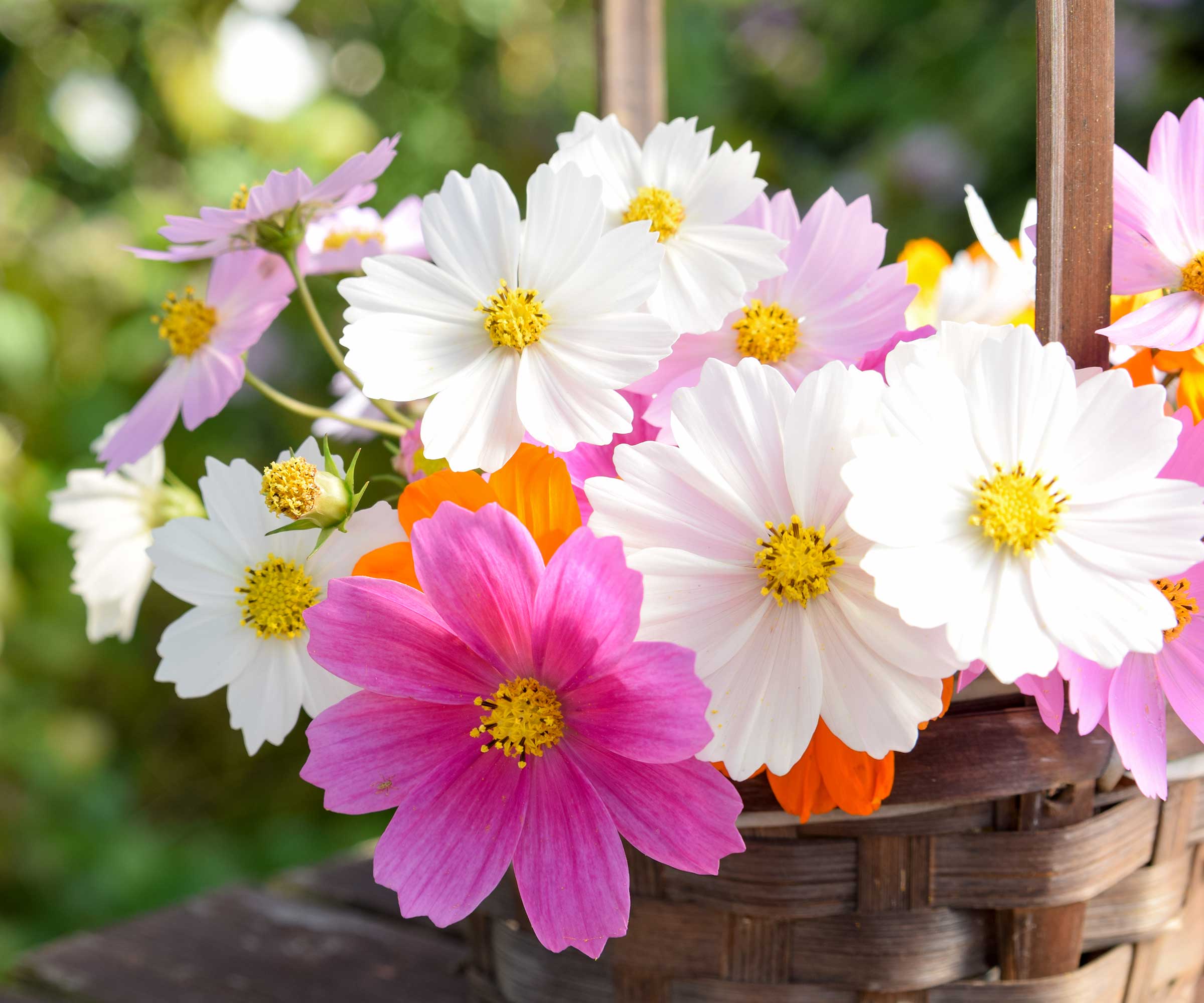
Cosmos are hugely popular flowers that come in many colors. Starting to grow cosmos this month means earlier blooms and the longest possible season of flowers to enjoy. Plant cosmos seeds indoors in March to have plants ready to go outdoors come May.
Cosmos seeds look unusual compared to many other seeds, but remain easy to plant. Just scatter the long and thin seeds on top of trays filled with seed compost and covered with a thin layer of more soil or vermiculite.
Germinate cosmos seeds at temperatures of 65-75°F in a greenhouse or on a sunny windowsill. Remember to check and water seedlings regularly to keep the soil moist but not waterlogged. Once the seedlings have emerged, pot them into larger pots and pinch out the growing tips for bushier plants and more flowers.
Discover the range of cosmos seeds at Amazon
Discover the range of cosmos seeds at Walmart
Discover the range of cosmos seeds at Burpee
Discover the range of cosmos seeds at True Leaf Market
4. Lupines

Lupines are adored by gardeners worldwide for their bright spires of summer color. There are different ways to propagate lupines, such as taking plant cuttings, dividing plants, and growing them from seed.
The one caveat to sowing seeds is that you will get blooms of different colors, rather than a specific type of lupin. Even if you harvest lupine seeds to sow, don’t expect an exact copy of the parent plant. However, if you just want colorful summer spikes of flowers to enjoy, sowing seeds is simple and enjoyable.
It can be beneficial to soak seeds before planting for 24 hours - though it is not essential. Sow seeds into modules or individual pots and give them temperatures of 60-70°F in a greenhouse or on a warm windowsill. The seeds should germinate within a couple of weeks and they can be planted out after the last frosts.
Discover the range of lupine seeds at Amazon
Discover the range of lupine seeds at Walmart
Discover the range of lupine seeds at True Leaf Market
5. Nicotiana
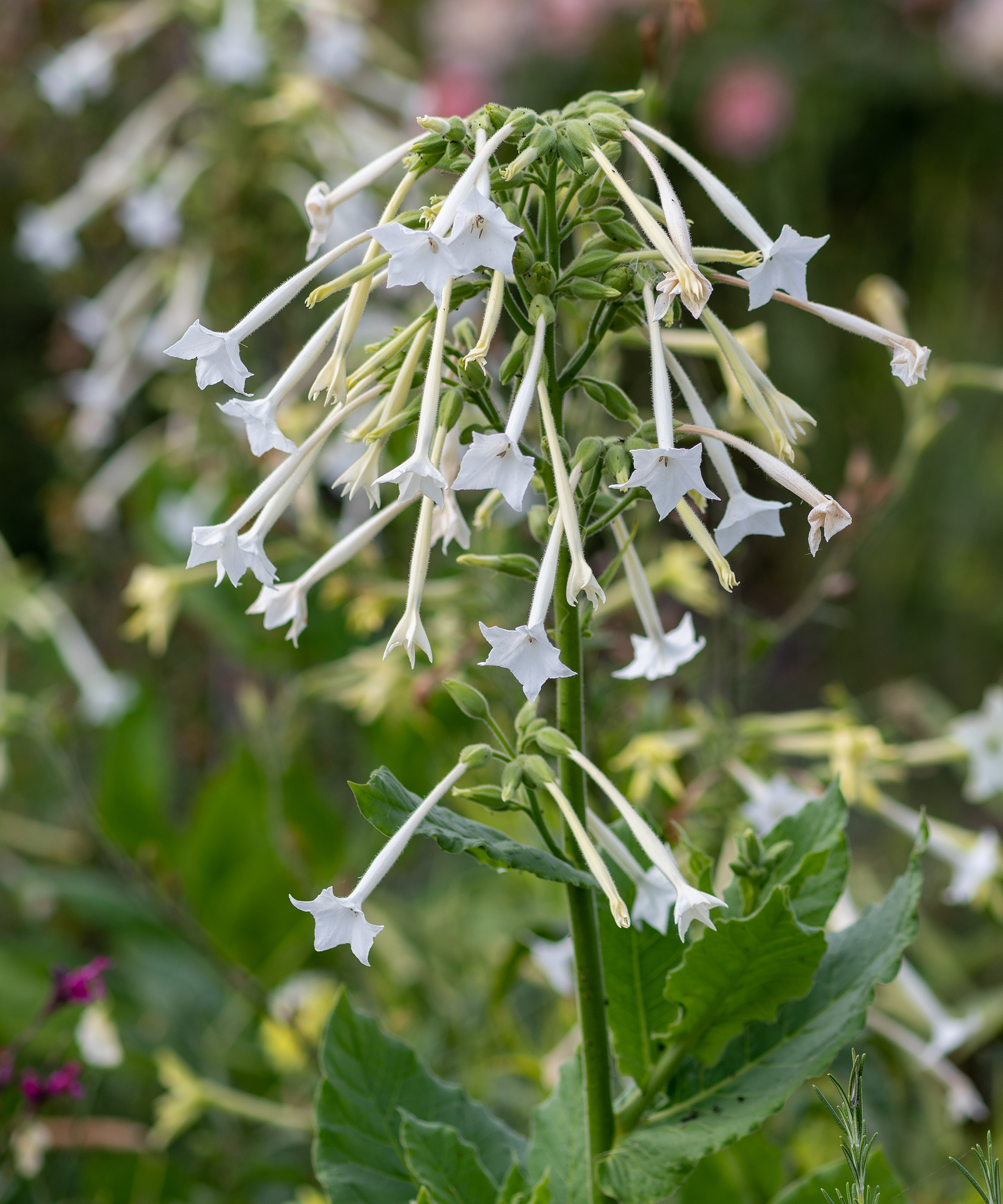
Nicotiana is a half-hardy annual that produces highly fragrant flowers in shades of white, pink, red, and more. Plants can reach up to five feet tall, depending on the variety, and the long-lasting trumpet-shaped flowers attract bees and other pollinators from summer through fall. Sowing nicotiana seeds in March can reward you with flowers come early summer.
As with other flowers on this list, nicotiana seeds are tiny and want to be sown as finely as possible on the surface of compost in trays, modules, or pots. Cover with a very fine layer of vermiculite or soil and give them temperatures of 65-68°F to germinate. Prick out and pot up seedlings, or thin ones in modules or pots, to have one healthy young nicotiana in a module or pot ready to be planted out later in spring.
6. Sunflowers
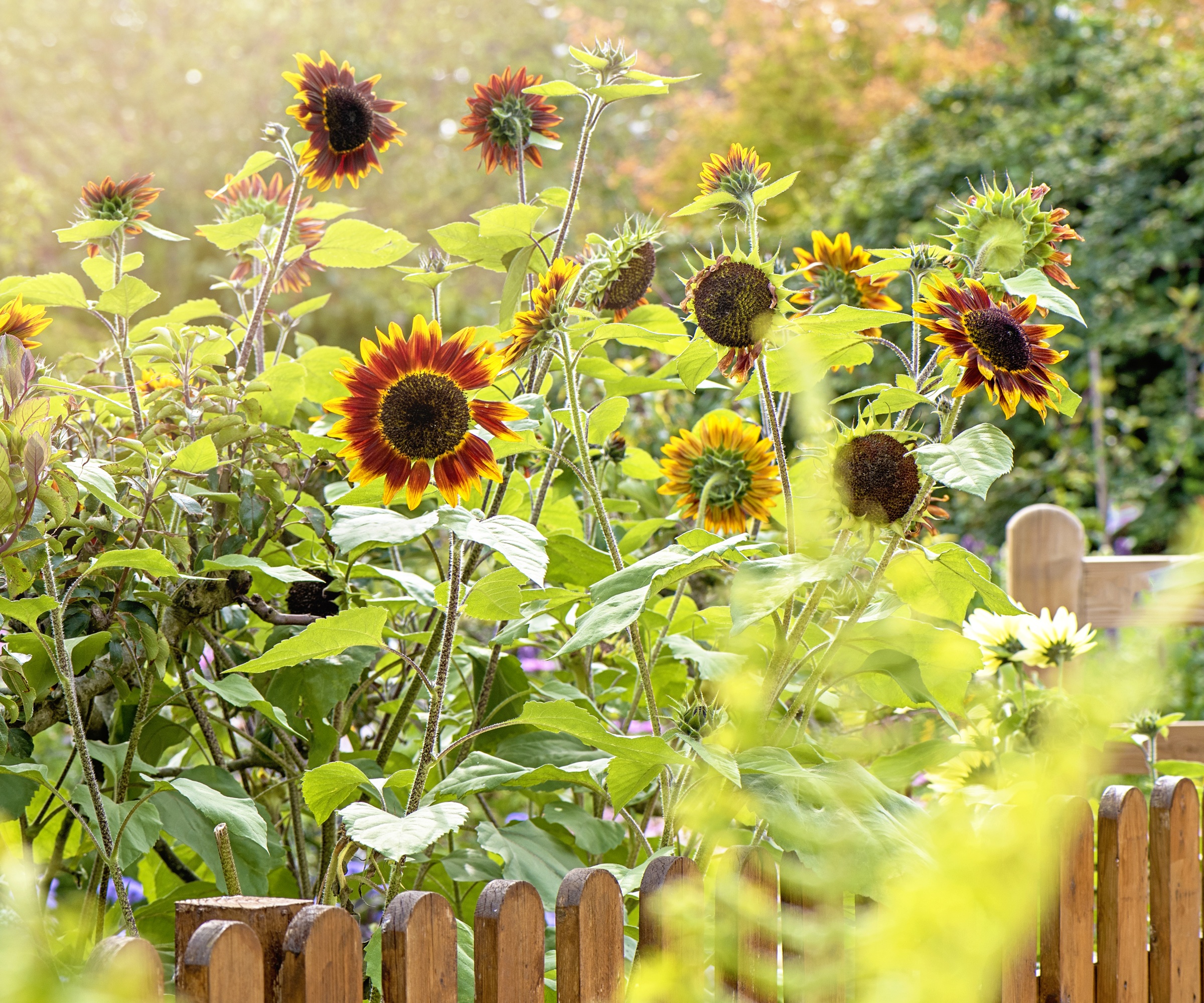
Sunflowers are easy flowers to grow from seed. Whether you want to amaze your friends and family by growing a giant sunflower or want beautiful plants to add height and color to a flower border, sunflowers are simple to sow and grow. March is an ideal time to plant sunflower seeds undercover.
Sow sunflower seeds an inch deep into large modules or individual pots filled with seed compost. Place the container somewhere warm and bright, such as a sunny windowsill or greenhouse, and keep the soil moist. The seeds should germinate in 7-14 days and can be potted up into larger pots if required. Plant the sunflowers outside once they reach 12 inches tall and all risk of frost has passed.
Discover the range of sunflower seeds to plant at Amazon
Discover the range of sunflower seeds to plant at Walmart
Discover the range of sunflower seeds at Burpee
Discover the range of sunflower seeds at True Leaf Market
7. Verbena

Verbena are elegant, tall plants topped with fragrant purple flowers adored by butterflies, bees, and other pollinators.
If you want to grow verbena from seed, you can sow indoors in March but the seeds will benefit from a period of cold stratification before sowing. This exposure to cold helps germination and you can easily do it at home by placing seeds in a refrigerator for two weeks.
Sow verbena seeds thinly into trays or pots filled with seed compost and cover with a fine layer of compost or vermiculite - but do not cover too thickly as they need light to germinate. Use a propagator or heated mat to provide temperatures of 65-75°F and the seedlings should appear in two or three weeks.
The verbena seedlings can be pricked out into individual pots once they are large enough to handle and ultimately planted outside once the risk of frost has passed.
The above list features seven fantastic flowers to sow in March, but a few other hugely popular flowers can also be started from seed this month. If you are planning your seed sowing schedule for March, make sure to also add sweet peas, zinnias, and bachelor buttons to that list. They can all be started indoors this month and you’ll have healthy plants ready to go outside once the temperatures warm.

Drew has worked as a writer since 2008 and was also a professional gardener for many years. As a trained horticulturist, he worked in prestigious historic gardens, including Hanbury Hall and the world-famous Hidcote Manor Garden. He also spent time as a specialist kitchen gardener at Soho Farmhouse and Netherby Hall, where he grew vegetables, fruit, herbs, and cut flowers for restaurants. Drew has written for numerous print and online publications and is an allotment holder and garden blogger. He is shortlisted for the Digital Gardening Writer of the Year at the 2025 Garden Media Guild Awards.
